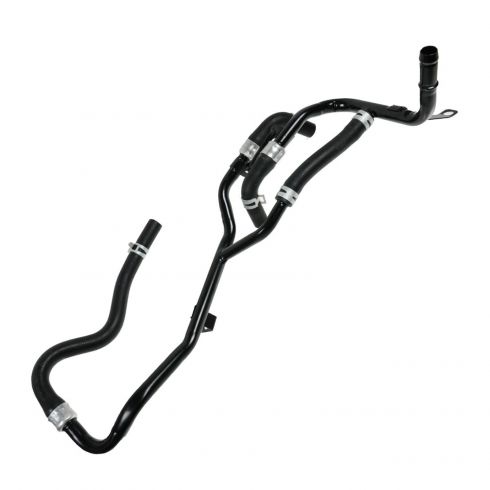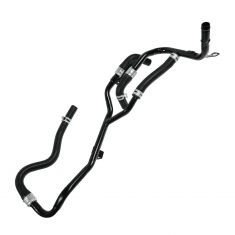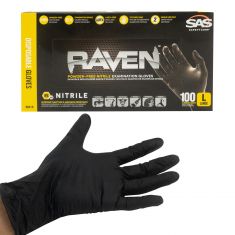1AHCX00272-2000-05 Ford Taurus Mercury Sable Heater Hose Assembly Dorman OE Solutions 626-207

Replaces
2003 Mercury Sable V6 3.0L 8th Vin Digit 1, 2, or U Heater Hose Assembly Dorman OE Solutions 626-207

Frequently bought together
Product Reviews
Loading reviews
5.00/ 5.0
1
1review
Part
May 27, 2018
I wish I would have call before ordering a part next time I will call to make sure I get the right part
Customer Q&A
No questions have been asked about this item.
Mercury is a registered trademark of Ford Motor Company. 1A Auto is not affiliated with or sponsored by Mercury or Ford Motor Company.
See all trademarks.








